文章目录
- 本文只关于将关键点json标签转为yolo标签
- 希望得到您的指导
- 背景及代码可用范围
- 一、labelme的安装和使用
- (一)labelme的安装
- (二)labelme的使用
- 二、json2yolo
本文只关于将关键点json标签转为yolo标签
如果您的json标签格式如下,进行较为轻松的修改即可使用
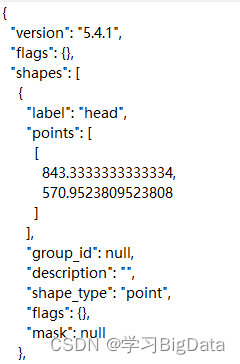 转换结果展示:
转换结果展示:
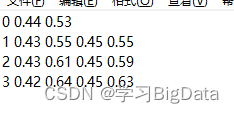

希望得到您的指导
非常感谢您观看我的博客,我写博客的目的是为了记录我的学习过程同时保留我的某些可重复利用代码以方便下次使用。如果您对我的内容有任何建议还请您不吝指出,非常感谢您对我的指导。
背景及代码可用范围
在我针对人体姿态估计项目准备数据集时,将json格式的数据转变为yolo格式的路上遇到了重重阻碍。
我先是使用make sense标注数据集,但是在标注完成一部分后发现它只能导出标注类型为矩形的标签。我也尝试使用labelimg,但是它只能标注矩形标签。由此我便选择使用labelme进行标注,但是它的标注格式为json。
在网上有很多关于将标注的json文件转换为yolo格式的标签,但是他们有些需要先转为coco,再转为yolo,或者代码需要对我这个项目也需要大量修改,于是我便想自己写一段代码将其格式进行转换。
一、labelme的安装和使用
(一)labelme的安装
中文labelme的百度网盘
链接:https://pan.baidu.com/s/1puJdLZO-z4CPOIbiq4tFvA?pwd=1111
提取码:1111
界面如图所示

(二)labelme的使用
A:上一个图片
D:下一个图片
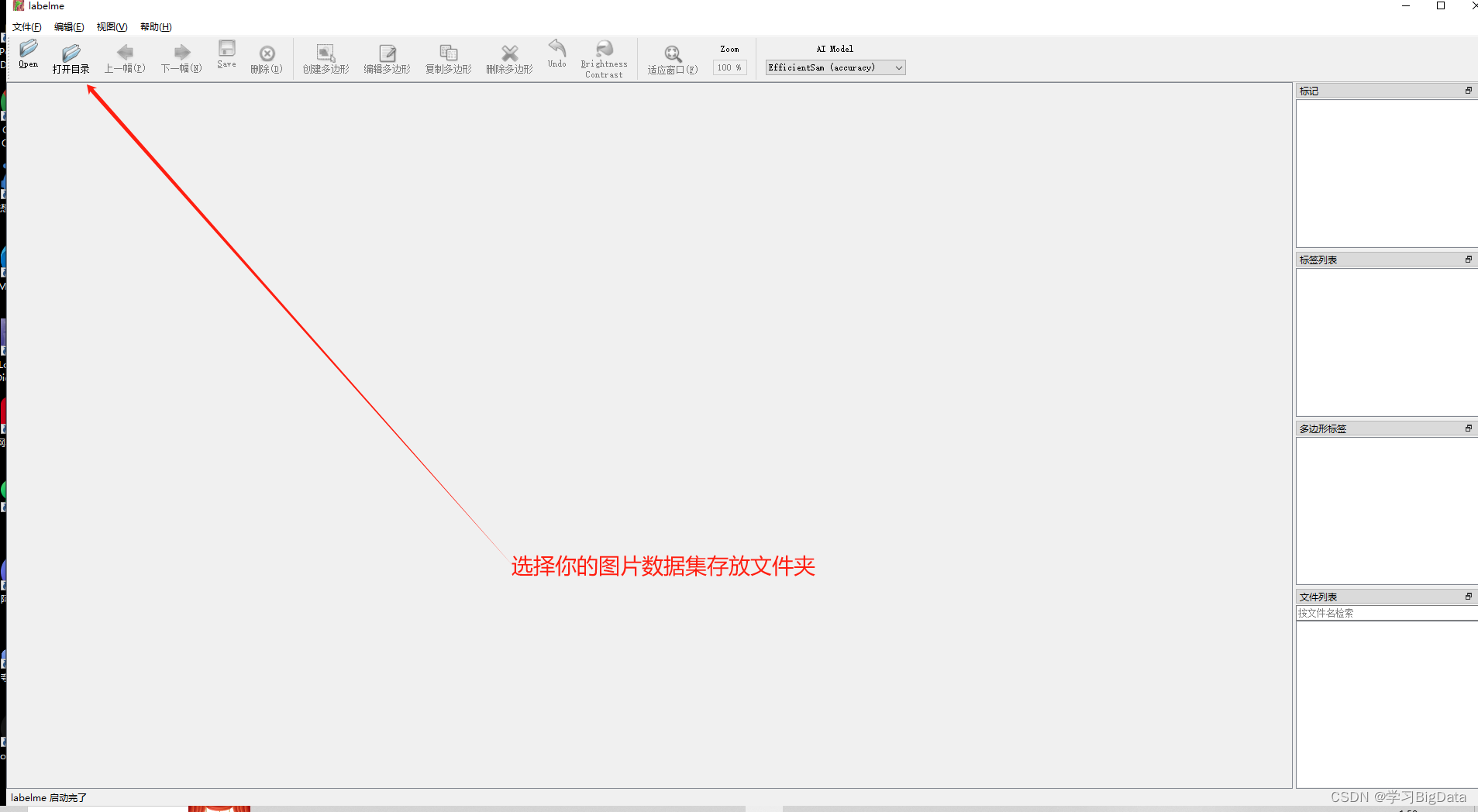
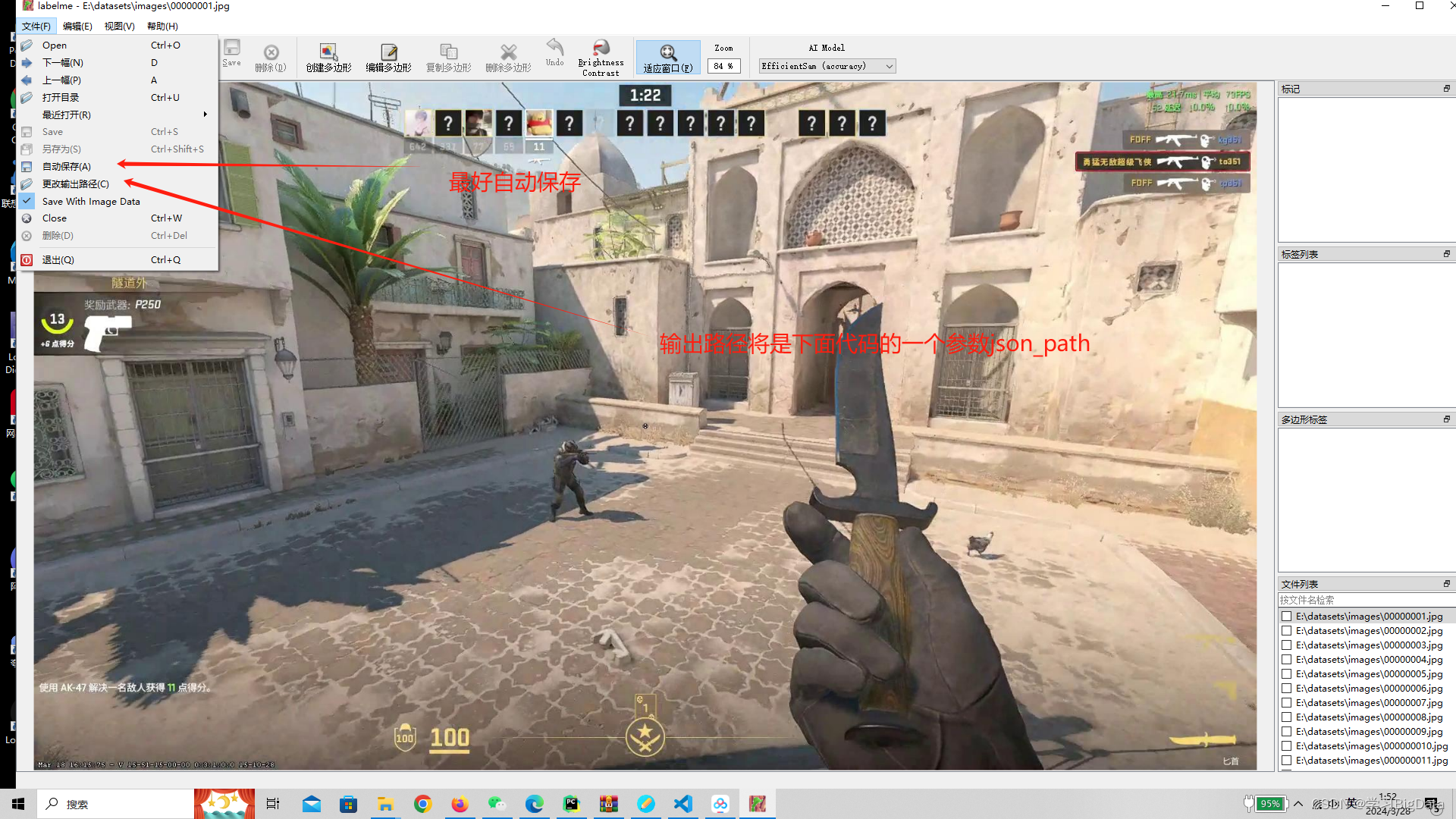
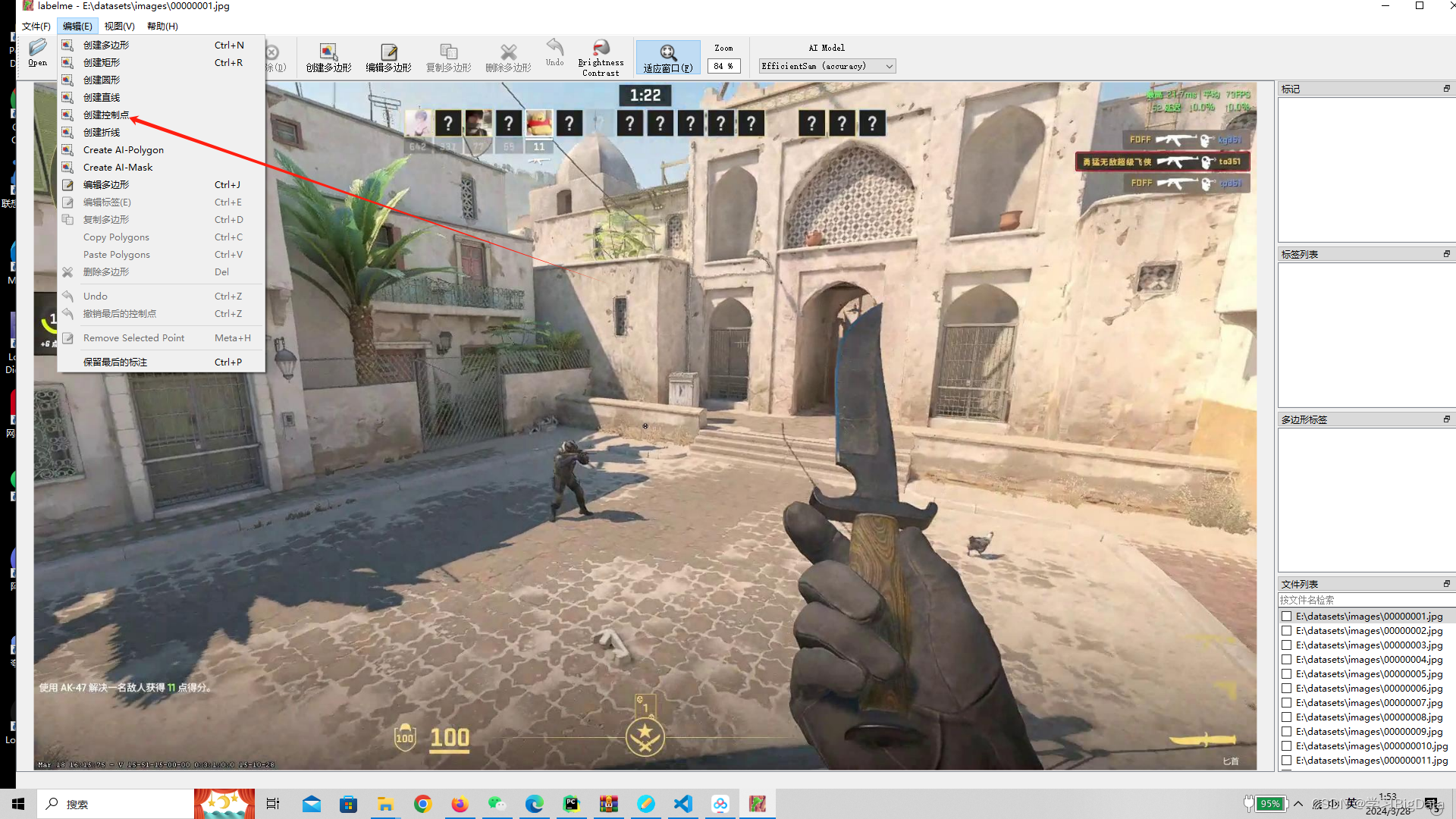
二、json2yolo
json_path:你标注的json文件所在位置
yolo_path:你想将转换后的位置放在哪里
image_path:你标注的图片所在位置
import json
import os
from pathlib import Path
import requests
import yaml
from PIL import Image
from tqdm import tqdm # 进度条def output_label(json_path,yolo_path,image_path):# os.makedirs(yolo_path,exist_ok=True)names = [] # class names 定义一个空列表json_path = Path(json_path).resolve()yolo_path = Path(yolo_path).resolve()json_parentpath = json_path.parentfor filename in tqdm(os.listdir(json_path),desc="Converting"):if filename.endswith('.json'):with open(os.path.join(json_path,filename), 'r',encoding='utf-8') as f:data = json.load(f) # json files to dict:json_datalast_part = os.path.basename(data.get("imagePath"))im_path = os.path.join(image_path,last_part)img = Image.open(requests.get(im_path,stream=True).raw if im_path.startswith("http") else im_path)width,height = img.size
# size属性获得图像宽度和高度的元组,通常形式为(width, height)label_filename = last_part+"txt"label_path = os.path.join(yolo_path,Path(label_filename).with_suffix(".txt"))# 转换后标签存放路径temp_dict = {}for label in data.get("shapes"):clsn = label.get("label")if clsn not in names:names.append(clsn)label_list = label.get("points")x,y=label_list[0]# 根据json文件的特征,points内部是双重列表,且内层只有一个列表,所以我们将第一个列表的值分别赋值给x,yx = round(x/width,2)y = round(y/height,2)if names.index(clsn) not in temp_dict:temp_dict[names.index(clsn)] = []temp_dict[names.index(clsn)].append(f"{x} {y} ")with open(label_path,"a") as f:for idx in temp_dict:line = f"{idx} {''.join(temp_dict[idx])}"f.write(line + "\n")# Save dataset.yamlnames_formatted = {i: str(name) for i,name in enumerate(names)}# 字典推导式 将一个列表转换为一个字典,其中字典的键是列表中每个元素的索引,值是列表中对应索引位置的元素# enumerate()函数用于将一个可迭代对象(比如列表、元组或者其他序列类型)转换为一个枚举对象d = {"path": f"{json_parentpath} # dataset root dir".replace('\\','/'),"train": f"{json_parentpath}/images/train # train images (relative to path) 128 images".replace('\\','/'),"val": f"{json_parentpath}/images/val # val images (relative to path) 128 images".replace('\\','/'),"test": " # test images (optional)","nc": len(names),"names": names_formatted,} # dictionaryfile_path = os.path.join(json_parentpath, "data.yaml")with open(file_path,"w",encoding='utf-8')as f:yaml.dump(d,f,sort_keys=False)print("Conversion completed successfully!")if __name__ == '__main__':output_label(r"E:\datasets\jsons",r"E:\datasets\labels",r"E:\datasets\images")

 Object Pascal 学习笔记---第8章第1节(继承))






)
什么是MTM指标,原理是什么)


![P8649 [蓝桥杯 2017 省 B] k 倍区间:做题笔记](http://pic.xiahunao.cn/P8649 [蓝桥杯 2017 省 B] k 倍区间:做题笔记)




![[Qt] QString::fromLocal8Bit 的使用误区](http://pic.xiahunao.cn/[Qt] QString::fromLocal8Bit 的使用误区)

